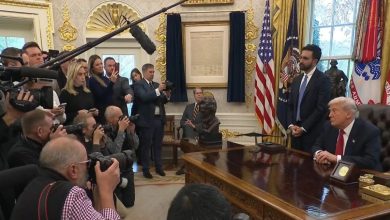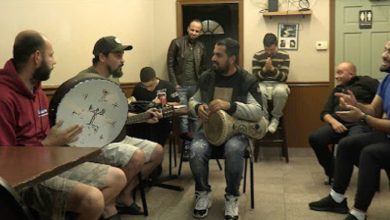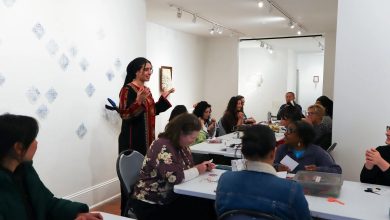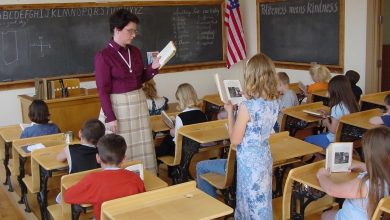Arabs and Muslims in Texas: Population, Professions, and Community Impact
Exploring the vibrant Arab and Muslim communities in Texas, their economic contributions, cultural presence, and social life.
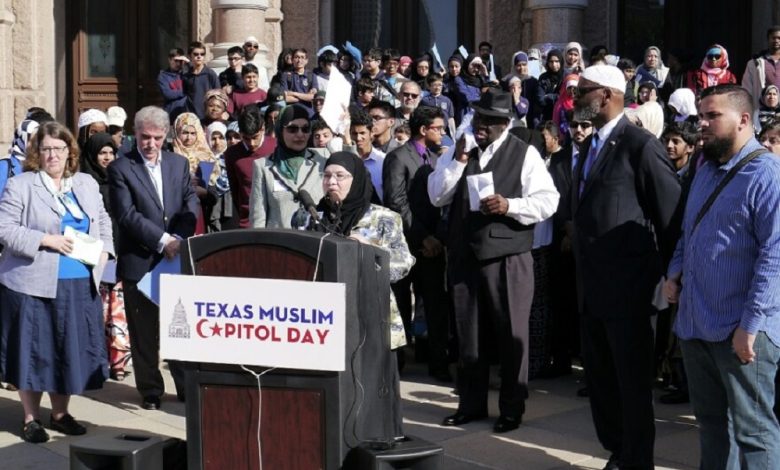
Texas is home to a vibrant and diverse Arab and Muslim population, contributing significantly to the state’s cultural, social, and economic fabric. While comprehensive data on Arab Texans is limited due to census classifications, estimates and community insights provide a clearer picture of their presence and influence.
Population Overview
Arab Texans
Arab Americans constitute a notable portion of Texas’s population. The 2010 U.S. Census reported approximately 102,367 Arab residents in Texas, making up about 0.4% of the state’s total population. However, due to the absence of a specific Middle Eastern or North African (MENA) category in the census, many Arabs are classified under broader categories, leading to an undercount. Advocacy groups estimate that the actual number is higher, with some suggesting over 274,000 Arab residents in Texas.
Muslim Texans
Muslims represent a significant religious group in Texas. According to the World Population Review, the estimated Muslim population in Texas is approximately 313,209, accounting for about 1.1% of the state’s total population. This places Texas among the states with a substantial Muslim presence in the U.S.

Employment and Economic Contributions
Key Employment Sectors
Arab and Muslim Texans are active participants in various sectors, contributing to the state’s economy. Common areas of employment include:Texas Muslim Women’s Foundation
-
Education: Positions in Islamic schools, such as ILM Academy in Houston, offer roles like principals, teachers, and administrative staff.
-
Nonprofit Organizations: Institutions like the Texas Muslim Women’s Foundation and Islamic Relief USA provide opportunities in community outreach, counseling, and volunteer coordination.
-
Religious Institutions: Mosques and Islamic centers across Texas employ imams, chaplains, and administrative personnel.
Entrepreneurship and Small Businesses
Beyond traditional employment, many Arab and Muslim Texans engage in entrepreneurship, establishing businesses that cater to their communities and the broader public. These include halal restaurants, grocery stores, and cultural centers, contributing to the state’s diverse economic landscape.
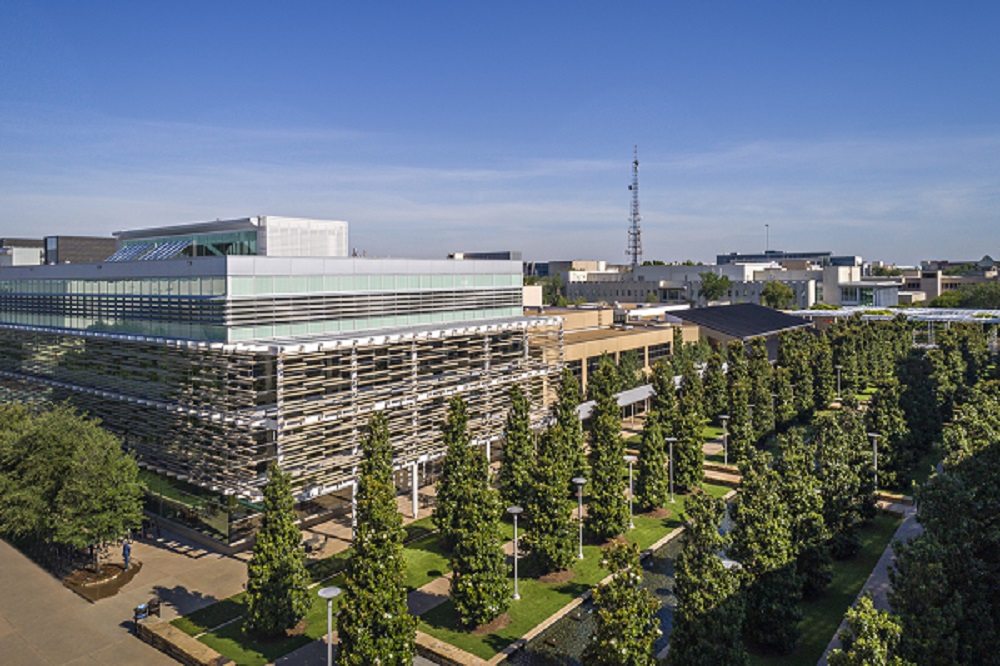
Cultural and Social Life
Religious Institutions
Texas boasts a variety of mosques and Islamic centers that serve as spiritual and community hubs. The Islamic Association of North Texas (IANT) in Richardson is one of the largest, offering religious services, educational programs, and community events.
Cultural Festivals and Events
Cultural festivals play a vital role in fostering community spirit and cultural exchange. The Texas Suhoor Fest, a popular halal food festival, has gained prominence in cities like Houston, attracting thousands of attendees and showcasing the state’s rich culinary diversity.
Social Spaces
In addition to mosques, social spaces like Yemeni cafes have become popular among young Muslims in Texas. These venues offer a culturally appropriate setting for socializing and community building, reflecting the evolving social dynamics within the Muslim community.

Challenges and Advocacy
Despite their contributions, Arab and Muslim communities in Texas face challenges, including underrepresentation in census data and instances of discrimination. Advocacy groups continue to work towards greater visibility and equality, ensuring that these communities receive the recognition and resources they deserve.
The Arab and Muslim populations in Texas are integral to the state’s identity, enriching its cultural tapestry and contributing to its economic vitality. Through active participation in various sectors and the establishment of vibrant community spaces, they continue to shape the future of the Lone Star State.
